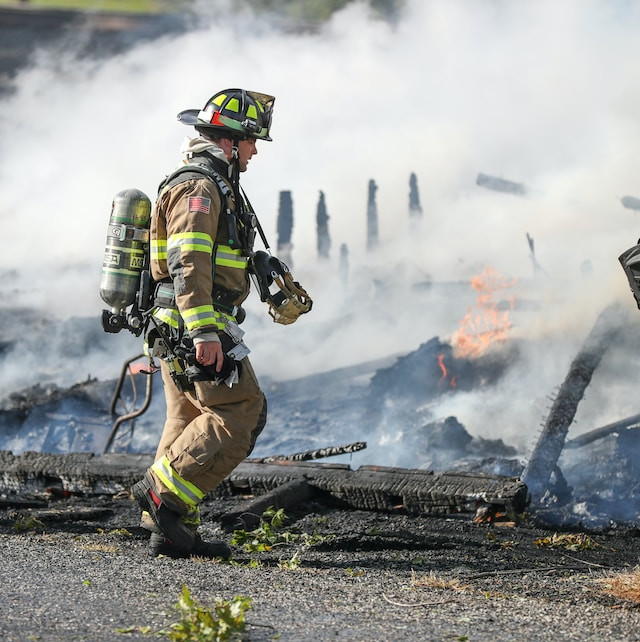I am sure you have had many bosses in your life with a variety of leadership styles, some great, some not so much. It is important that before you complete firefighter promotion, you explore the leadership styles and determine where you fall on the spectrum.
6 Common Leadership Styles
-
Authoritarian
Authoritarian leadership style is when the leader makes all the decisions by themselves. This type of leader does not look for input from others, they just decide. This type of leadership style could be beneficial if you are working alone or have to make decisions quickly and do not have time to consult anyone else. However, if you are working on a team, as firefighters do, this leadership style could cause a divide in your team. This is because the authoritarian leader needs to control and dominate those they lead which makes people feel like they do not matter.
-
Democratic
Democratic leadership is leading by giving your team a say in the decision making process. Democratic leaders look to their subordinates for input and always get their opinions before making the final say. They include others and do not make decisions without everyone else’s opinions. This leadership style is beneficial because it makes everyone on your team feel included and not just like they are being dictated. This can improve morale and keep your team motivated to do their best because you actually show them that they matter.
-
Pace-Setting
Pace-setting leaders are goal setters, but with a very strict timeline. Pace-setters help their subordinates establish goals and timelines for reaching said goals. They have clear expectations for their team and high standards for their team to meet the goals set by them. Pace-setters can be great because they can really push and motivate a team to do its best, but they also can place a very high level of stress on the people they lead because of their high expectations.
-
Coaching
The coaching leadership style is defined by the leaders ability to look at each team member as an individual and use those individual skills to better the team. A coach leader understands every person is different and needs different motivation, and different challenges. They understand everyone has individual strengths and weaknesses and they are able to figure out how to use what everyone brings to the table for the betterment of the entire team. Coaching leaders are encouraging and positive, but also are able to have those tough constructive criticism conversations in a way that makes their subordinates want to improve, not give up. The difficulty of the coaching leadership style is it requires a lot of time spent learning about your people and understanding their strengths and weaknesses.
-
Affiliative
Affiliative leaders are all about the individual, but not just their skills like the coach. They put people first. Affiliative leaders want to get to know their team on a personal level. They are very aware of everyone's emotions and care most about their relationship with each person they lead. They have no desire for competition, they just want the people they lead to be happy and thriving. This type of leadership style generally creates strong connections between all involved. It does have the disadvantage of low performance, because the affiliate leader may not be as critical as other types and therefore may not bring as much attention to areas their subordinates need to work on for fear of upsetting them.
-
Delegative (Laissez-Faire)
Delegative leadership style is exactly that, you delegate work, projects, etc., to your subordinates. You put your trust in those you lead to get the job done without micromanagement. Delegating as a leader is a critical skill. It builds trust with your crew and also takes some of the extra work load off of yourself when needed. It can take longer to reach this leadership style especially as a new ranking officer because you need to build some trust and get to know your crew first. Once that has happened this leadership style is essential to build trust and rapport with your crew. Delegating does have the challenge of slowing you down; instead of doing the job yourself because you already know how, you will have to teach someone else how to do it first. Then, if there are any errors they fall on you since it was a job you were responsible for.
The Takeaway
As a newly promoted officer in the fire service or even someone thinking about promotion in the fire service it is important to know where you stand as a leader. You may not even have developed a leadership style at this point, but you will need to soon. Think about if any of these resonate with you, or maybe you can identify some of these leadership styles in bosses you have had before, some you probably loved and others disliked because of their leadership style. Take that into consideration as you begin to develop a leadership style of your own.
